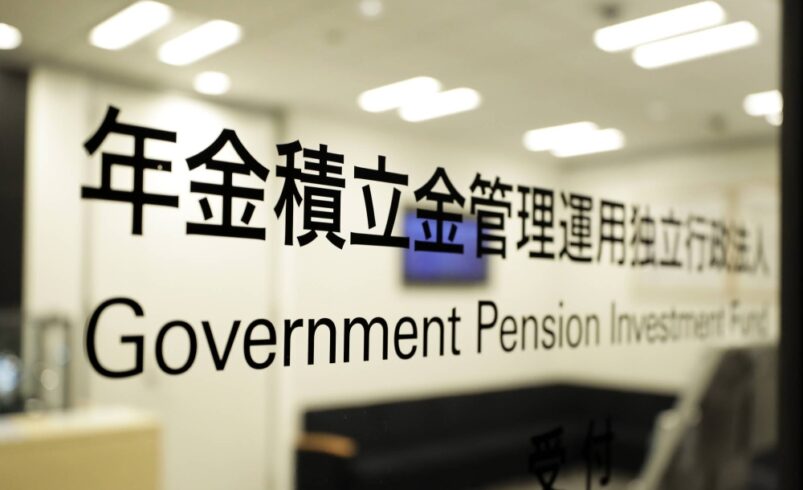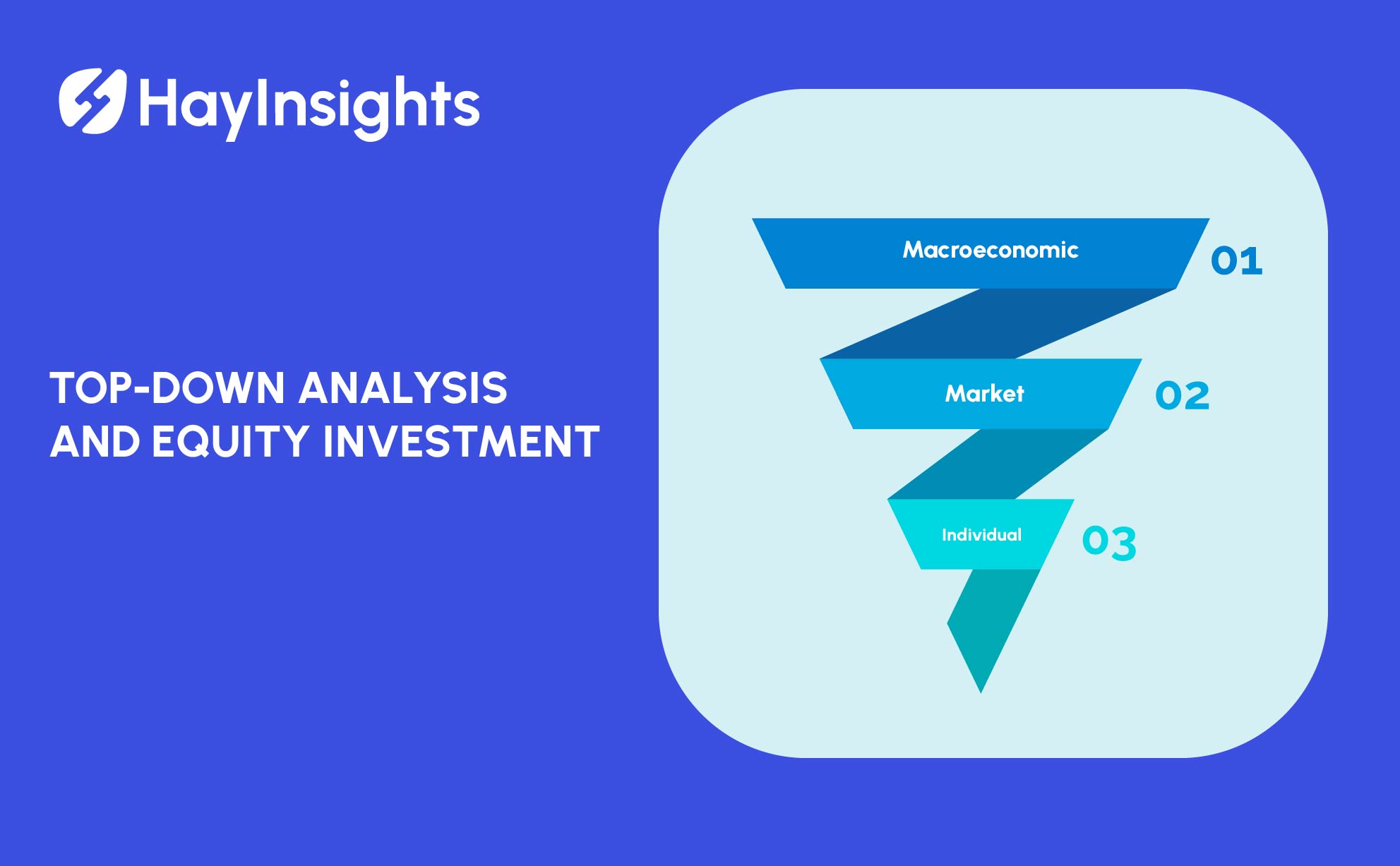
The Impact of Japan’s Aging Population on Investment Strategies 2024
Japan is facing one of the most significant demographic challenges in the world—a rapidly aging population. With more than 28% of its citizens aged 65 or older, Japan holds the highest percentage of elderly citizens among major economies, a trend that is expected to intensify in the coming decades. This demographic shift has profound implications for Japan’s economy and investment landscape, presenting both challenges and opportunities for investors.
In this article, we will explore the impact of Japan’s aging population on investment strategies, focusing on key sectors poised to benefit from this shift and how investors can navigate the evolving landscape.
Japan’s Aging Population: A Demographic Overview
Japan’s aging population is driven by two primary factors: a declining birth rate and increasing life expectancy. The country’s fertility rate has remained below the replacement level of 2.1 children per woman for decades, and it currently stands at around 1.34. Meanwhile, life expectancy has reached 84.6 years, one of the highest in the world. These trends have resulted in a shrinking workforce and a growing elderly population, which places pressure on the social security system, healthcare, and economic growth.
By 2040, it is projected that nearly 35% of Japan’s population will be over 65, with a corresponding decline in the working-age population. This shift is already having significant economic and social effects, but it also opens up new investment avenues that cater to the needs of an aging society.
Key Sectors Benefiting from Japan’s Aging Population
1. Healthcare and Pharmaceuticals
The healthcare and pharmaceutical sectors stand to benefit the most from Japan’s aging population. As the elderly require more frequent and specialized medical care, demand for healthcare services, medical devices, and pharmaceuticals is surging. Japan’s healthcare market is already one of the largest in the world, and it is projected to grow further as the population continues to age.
Investment Opportunities in Healthcare:
- Pharmaceutical Companies: Investors should look at companies that are developing treatments for age-related diseases, such as dementia, diabetes, and cardiovascular conditions. Major players like Takeda Pharmaceutical, Eisai, and Astellas Pharma are well-positioned to benefit from increasing demand.
- Medical Device Manufacturers: Firms specializing in medical devices, including diagnostic imaging, surgical robots, and home healthcare equipment, are expected to see strong growth. Companies like Terumo and Olympus are key contenders in this space.
- Healthcare Facilities: Private healthcare providers and retirement home operators are also attractive investment options, given the increasing need for elderly care facilities. There is a growing demand for nursing homes, assisted living, and in-home care services.
2. Robotics and Automation
With a shrinking workforce and increasing demand for elderly care, Japan is turning to robotics and automation to bridge the gap. The country is a global leader in robotics innovation, and this trend is particularly evident in the development of caregiving robots and automation solutions for healthcare and home use.
Investment Opportunities in Robotics:
- Caregiving Robots: Companies such as Cyberdyne and SoftBank Robotics are pioneering caregiving robots that assist with mobility, companionship, and basic medical tasks. These robots are becoming increasingly common in elderly care settings and are expected to see broader adoption.
- Automation for Healthcare: Robotic surgery systems, hospital logistics robots, and rehabilitation robots are seeing increasing use in healthcare settings. Investments in companies producing these technologies offer exposure to a growing market driven by Japan’s aging population.
3. Financial Services and Insurance
As Japan’s population ages, financial services catering to the elderly, such as retirement planning, wealth management, and insurance, are gaining prominence. There is growing demand for products that address long-term care needs, pension planning, and estate management.
Investment Opportunities in Financial Services:
- Life Insurance: Japanese life insurance companies are tailoring products to address the specific needs of an aging population, such as policies that cover long-term care or medical expenses. Leading life insurers like Nippon Life Insurance and Japan Post Insurance are potential investment targets.
- Wealth Management and Financial Planning: As older individuals seek to manage their retirement savings and estate planning, wealth management firms offering services like annuities, retirement accounts, and inheritance planning are seeing increased demand. Companies providing such services are set to grow as more elderly individuals prioritize financial security in their later years.
Government Initiatives and Policy Implications
To mitigate the economic effects of its aging population, Japan’s government has implemented a range of policies, many of which offer investment opportunities. The government has increased its support for healthcare and elderly care services, while promoting the use of technology in caregiving.
Key Government Initiatives:
- Long-Term Care Insurance (LTCI): Japan’s LTCI system, which provides care services to the elderly, is expected to see increased government funding as demand for care services rises. This is likely to boost private-sector investment in healthcare and elderly care facilities.
- Support for Innovation: The government has also encouraged the development and adoption of robotics and automation technologies through subsidies and tax incentives. This support creates opportunities for investors looking to enter the healthcare technology and robotics sectors.
These policies are likely to continue evolving as the government grapples with the fiscal challenges posed by an aging population. Investors should keep a close eye on legislative changes, as they will shape the opportunities available in key sectors like healthcare, technology, and insurance.
Challenges for Investors
While Japan’s aging population creates numerous investment opportunities, it also presents challenges. The shrinking working-age population could dampen overall economic growth, limiting consumer spending and investment returns in other sectors. Additionally, government debt, which is already among the highest in the world, could increase further as spending on healthcare and pensions rises.
Another challenge is the saturation of certain markets, such as healthcare, where high demand has already attracted significant investment, potentially driving up valuations and limiting entry opportunities. Investors need to be discerning when choosing sectors and companies, focusing on those with strong growth potential and sustainable business models.
Strategies for Investors
Given the demographic realities of Japan’s aging population, investors should adopt strategies that focus on long-term growth and stability. Here are a few approaches:
- Diversified Portfolios: Investors should build diversified portfolios that include exposure to healthcare, pharmaceuticals, robotics, and financial services, all of which are likely to see strong growth in the coming decades.
- Long-Term Investments: Japan’s demographic shift will play out over the next few decades, so a long-term investment horizon is critical. Investors should seek out companies with sustainable business models that are well-positioned to adapt to the needs of an aging population.
- Focus on Innovation: Companies that are leading in innovation—whether in healthcare technology, robotics, or financial products designed for elderly clients—are likely to outperform as Japan’s aging population continues to drive demand in these sectors.
Conclusion
Japan’s aging population presents both opportunities and challenges for investors. While the shrinking workforce and increasing healthcare costs may hinder overall economic growth, sectors such as healthcare, robotics, and financial services are poised to benefit from the demographic shift. Investors who focus on these key areas, adopt a long-term perspective, and pay attention to government policy developments will be well-positioned to navigate Japan’s evolving investment landscape.













